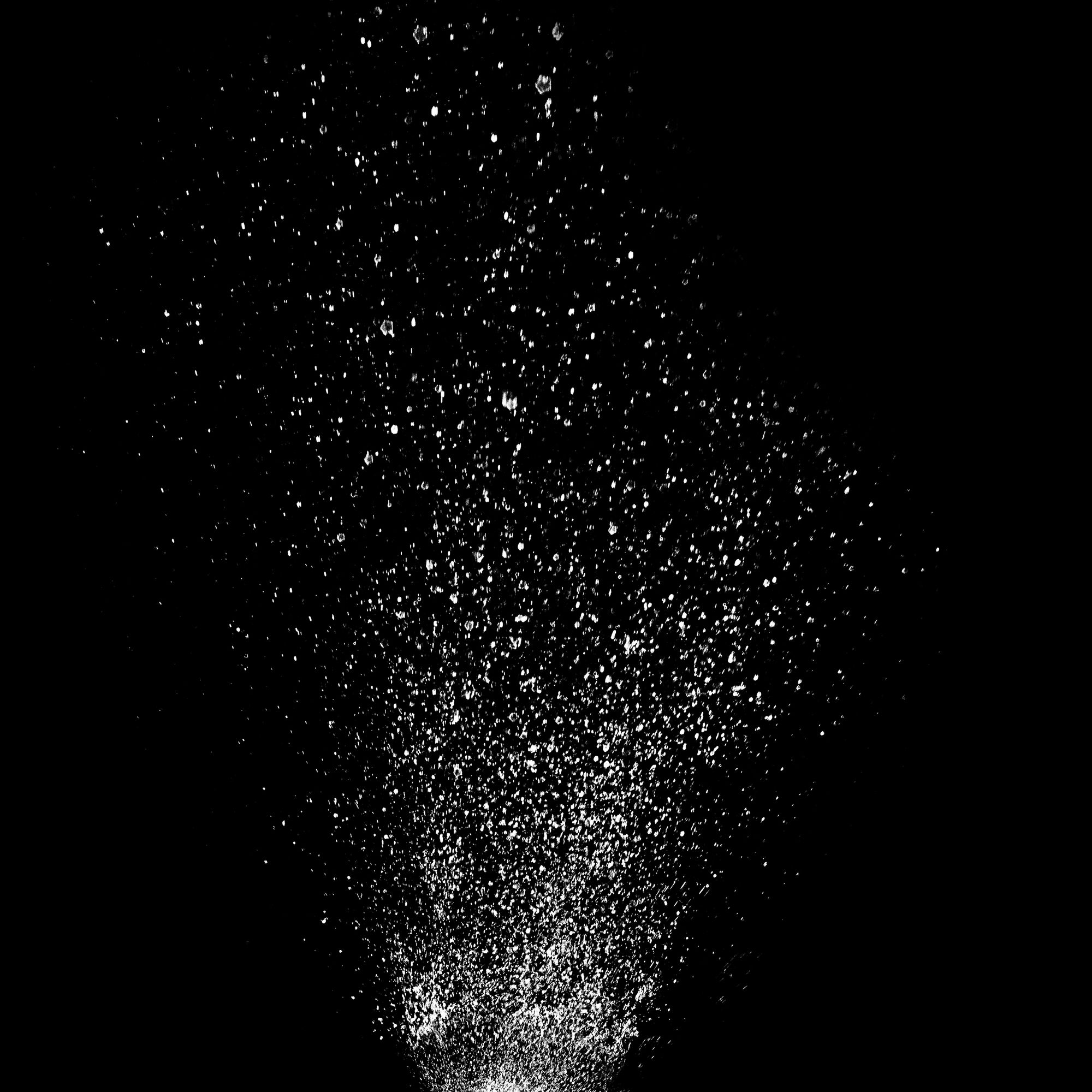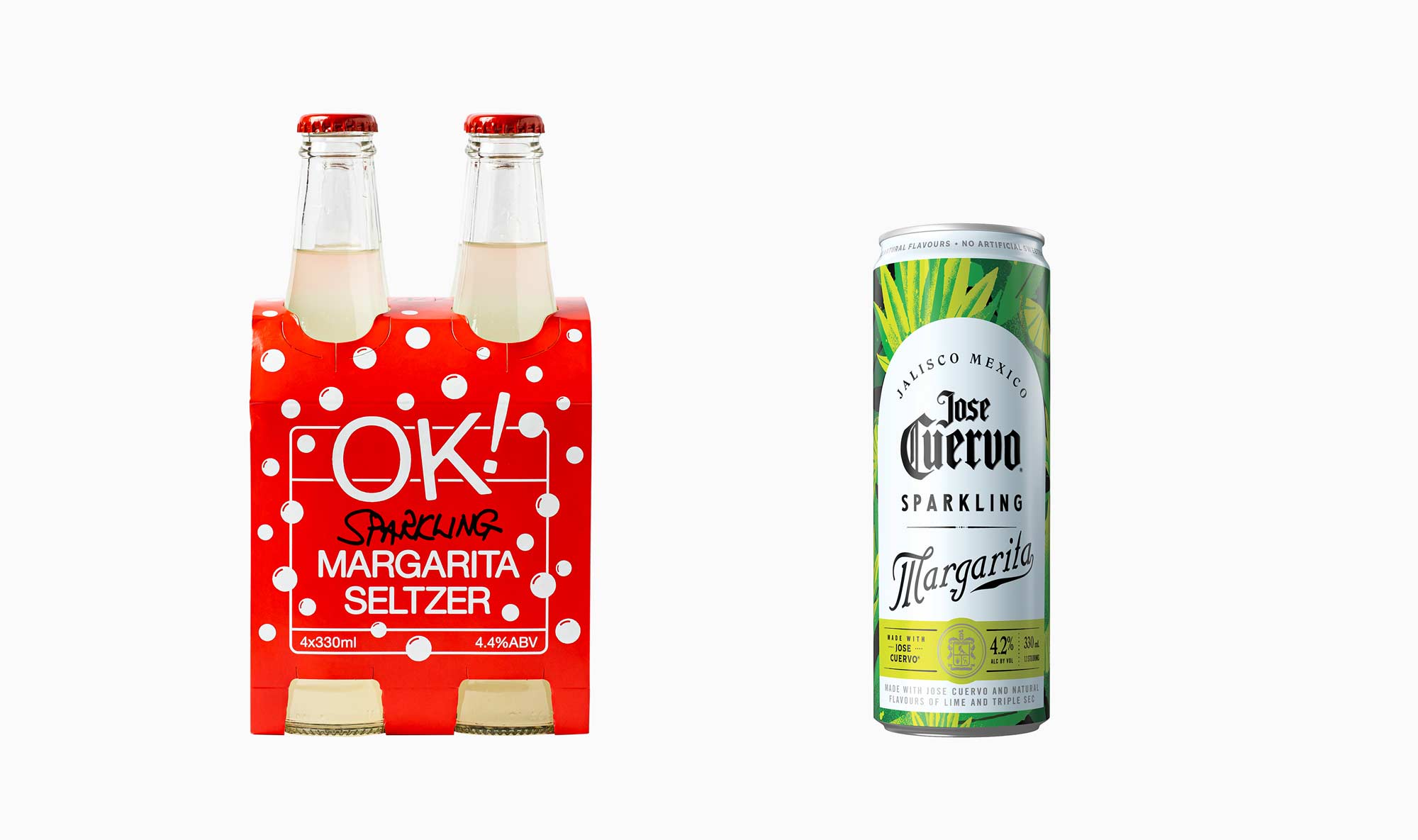There is no such thing as bad booze — but there is hard seltzer
We’re in the midst of a boom in boring, mediocre booze - and there’s money to be made.

“There’s no such thing as bad booze.”
In a world in which Parfait Amour liqueur exists, I know that might be a controversial statement. But it’s something I’ve carried with me for a few years now. I picked it up from Dim Rtshiladze, over in WA — he’s a guy who clearly knows what good booze is, by the way, being the owner of Foxtrot Unicorn in Perth and the much acclaimed Nieuw Ruin in Fremantle.
And it holds true if you ask me: there is no such thing as bad booze. The corollary to this, of course, is that if you’re with good people it doesn’t matter what you’re drinking, it’ll only add to the occasion.
Such as the time Dim and I and a couple of other bartenders I visited a Perth vodka bar that specialised in infusions. I think bacon vodka was on the menu. This was 2017, but it was like stepping into a time machine and revisiting the horrors of my own inglorious, early-2000s bartending career, such as the chocolate and chilli vodka infusion that no-one asked for: it did not look pretty pouring a distinct shade of sewerage into the glass.
But I had a great time at this vodka bar despite the ham-fisted attempt at bacon vodka because I was with great people. It made the drinks taste better. “There’s no such thing as bad booze.”
And yet. The hard seltzer thing.
We seem to live in a world in which no innovation in the drinks category can go un-imitated, in which every major booze maker has to have its own line of watery, often lightly flavoured alcohol delivery systems in convenient can format, belched forth from the underbelly of the marketing department.
Which is all to say we’re in the midst of a new trend which isn’t a new trend at all. I’m old enough to remember the distinctive pale blue and white stripes of West Coast Coolers being everywhere in the 1980s. Bubbly, lightly flavoured beverage. In the 1990s it was Lemon Ruskis and Sub Zeros; I’d wager that the 2000s was the era of the Bacardi Breezer and the omnipresent Smirnoff Double Black. It was the Double Blacks that really confirmed what these drinks were all about: the quick and easy delivery of alcohol to one’s system.
Then there was an outrage over these alcopops, more tax applied, and people started drinking gin. At least that’s how it felt.
Those drinks weren’t much to write home about: a sweetish, unchallenging beverage that provided a shortcut to a buzz. At least everyone knew what they were about.
But it’s 2022, the age of Instagram and doom scrolling and fucking TikTok: we’re all brand marketers now. And these inoffensive, carbonated beverages are back. They’re more marketing copy than delicious, with flavours designed to appeal to everyone — which is to say their recipe is mediocrity.
Take a look at the #trending seltzers article on Dan Murphy’s site and it will tell you all you need to know: there’s a lot of berry flavours going on here, like the absurdly named Tropapalooza, which the Dan Murphy’s copy describes as “both vegan-friendly and low carb, with only 32 calories per 100ml.”
Cue an uncontrollable eye-roll. I can’t believe we’re back to the Skinny Girl Margarita-land of calorie-conscious booze, but here we are. Does it need to be said? Alcohol isn’t a health drink.
They’re the kind of talking points you use when there is no real reason for a product to exist other than the fact that there is money to be made. Just look at the empty words Dan Murphy’s use to describe Island Fever Seltzer (which, like Dan Murphy’s, is owned by Woolies, I believe):
“We all dream of island living, but if the heat is unrelenting and there’s no way to escape, we may well start to second guess our plans… or at least look around for something worthy of quenching our thirst. That’s where Island Fever Seltzer comes in: the beverage equivalent of a monsoonal downpour when paradise turns hellish. With just a hint of berry tartness, Island Fever delivers a clean and crisp seltzer taste. Drink it straight from an ice-cold can for instant relief on those hot Aussie summer days.”
The way you read that you’d think it was a sports drink — I think I just monsoonal downpoured into a chunder bucket.
The question is, of course, is it bad booze? I haven’t tasted it. Maybe it is delicious. What I do know is I just don't care.
What makes wine and the burgeoning craft spirits business in the country so interesting — and quite frankly, what makes it taste better — is that the good stuff speaks to something bigger than what’s cooked up in the marketing department. I can still taste the riesling that got me into wine from 2003, pure fruit flavours and a zingy acidity and something that tasted like, yes, minerality, the finish lasting forever. And maybe I’ve just not met the hard seltzer that will spark a Proustian madeleines moment for me yet, but what I have tasted has been anything but memorable; rather, they’ve been a means to a drinking end.
Which is fine. I’m not here to deny anyone their buzz. But I do like the idea that you have to work for it. Alcohol is a thing for grown-ups, not a berry-flavoured formula for baby drinkers. My first taste of wine, as a kid at the dinner table, was a sip on a glass of red the old man was drinking, and it tasted terrible. So it should — the extra tastebud-containing papillae that a child possesses means that these flavours are just far too much for them. Can we say the same for the hard seltzers out there? I think it’s fair that as a reward for getting older, the density of papillae on our tongue decreases, and we get to appreciate flavours we didn't as children, with the payoff that you get a little booze too. Yes, you’re getting older but hey — have you tried this grippy barbera?
I’ll admit that when I drank Cantina OK!’s first batch of sparkling Margarita seltzer, in November of 2020 I enjoyed that — it was both smashable and delicious. On a side note, it's interesting to note that Jose Cuervo also released a sparkling Margarita seltzer for the Australian market for summer 2021.

I’ve had a tasty seltzer from Melbourne’s Moon Dog before, too (though, proving my point a bit, I don’t remember what flavour it was — maybe that’s the point?).
It’s also likely that I’m just as beholden to trends and marketing as anyone else. I’ve drunk as much Fernet-Branca in my time as any bartender who owns shirt stays and arm garters has and I can’t honestly say I enjoyed all of them. For a long time, especially in the world of wine but also in the spirits world, there has been a snobbish, cultish approach to challenging drinks, the appreciation of which signifies that you’re a card carrying member of the Knowing What The Fuck You’re On About Club.
But we’re all on Instagram now and everyone has an opinion. We live in a world of over-abundance now, drinks are delivered to your door within a couple hours, everything is so easy — so why shouldn’t your drink taste easy, too?
I guess I just don’t know why it’s so difficult to fix a Whisky & Soda. Because a good whisky, with a little soda in the right proportions, proves that while they’re may not be such thing as bad booze, good booze is definitely a thing.

